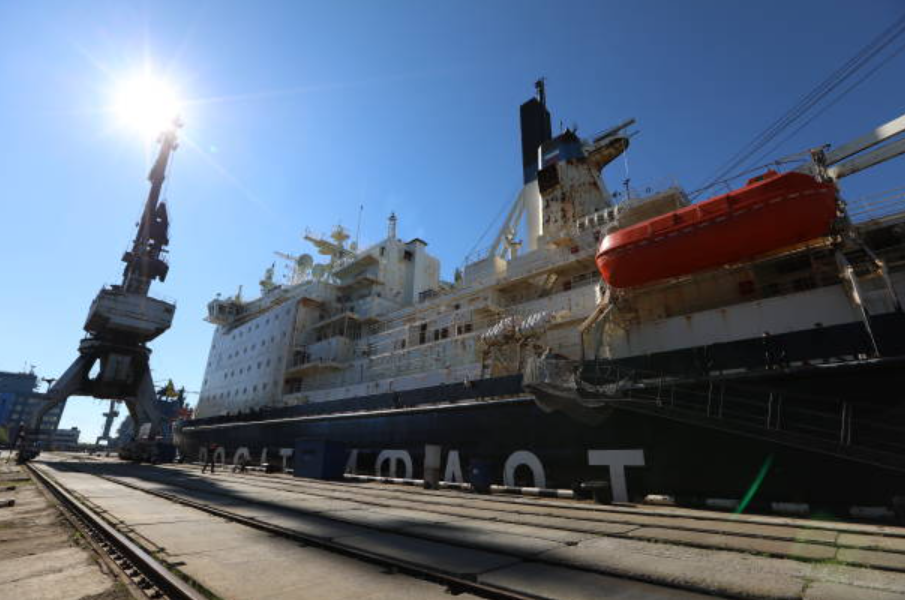A Russian oil tanker, the NS Century, has been stranded approximately 1,600 miles off India’s coasts, awaiting a decision from Indian authorities on whether it can dock and unload its cargo.
The vessel, originally bound for India’s Vadinar port, has been adrift for ten days, with the Indian Directorate General of Shipping citing a lack of clear instructions from the government.
The dilemma results from not knowing where the tanker’s cargo will end up. An official from Nayara Energy has verified that although Indian Oil Corp and Nayara Energy have facilities at Vadinar port, the cargo of the NS Century isn’t meant for Nayara’s refinery.
Both Nayara and Indian Oil Corp have yet to respond to queries regarding the vessel and its cargo, heightening the ambiguity surrounding the situation.
This predicament arises in the midst of worldwide endeavors aimed at reinforcing limitations on the trade of Russian oil.
Neutrality vs. Dependency on Russian Oil

The US recently sanctioned five shipping vessels, including the NS Century, for trading Russian oil above the G7’s price cap of $60. This move aims to curb Moscow’s energy revenue, a response to Russia’s ongoing conflict in Ukraine. (preciousmomentschapel.org)
Despite India’s strategic neutrality concerning the Ukraine conflict, it grapples with the repercussions of navigating the tension between maintaining good relations with the US and its dependence on Russian oil.
India, previously a significant consumer of Russian oil, has faced difficulties with unsettled payments for crude shipments from Russia.
The recent unease in paying for oil using China’s yuan has added pressure on India’s stance. Reports indicate that as of October, India had pending payments for at least seven oil shipments from Russia.
As the NS Century drifts in uncertainty off India’s shores, the nation finds itself entangled in a complex web of geopolitical considerations, balancing its international relations against its energy demands amidst escalating global tensions.


Comments are closed.